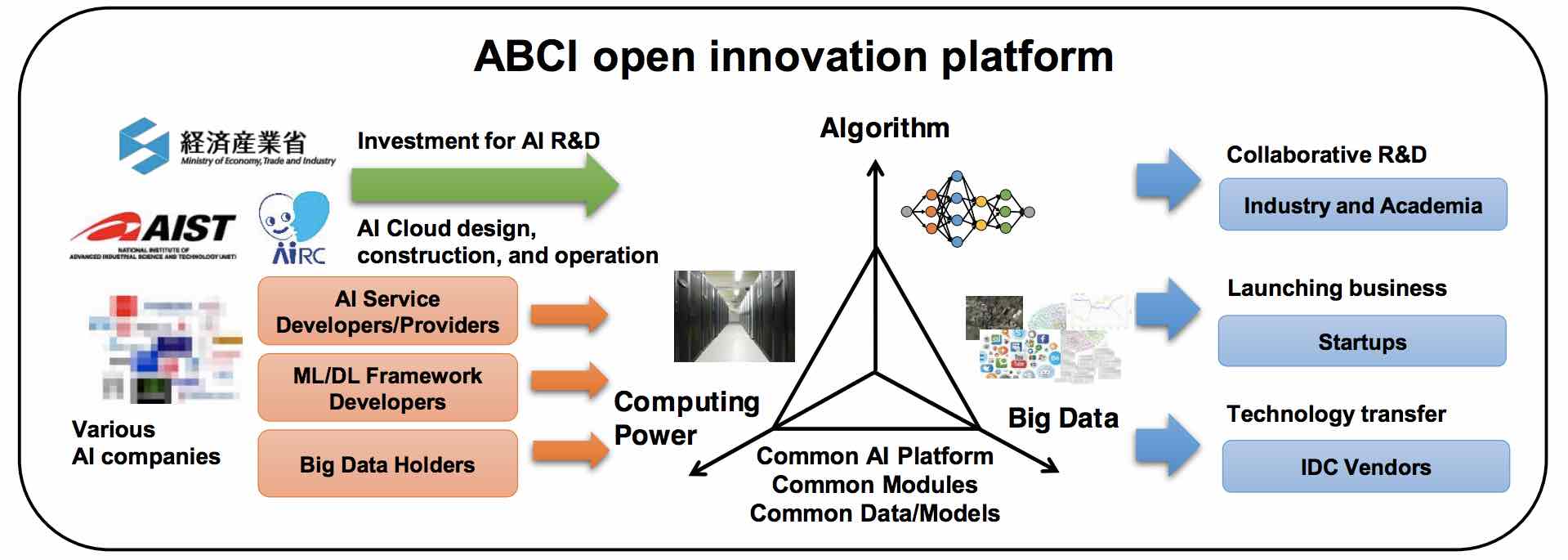 Today Japan announced plans to build a 130 Petaflop (half or single precision) supercomputer for deployment in 2017. And while such a machine would not surpass the current #1 93 Petaflop Sunway TaihuLight supercomputer in China, it would certainly propel Japan to the top of an all new category of supercomputing leadership.
Today Japan announced plans to build a 130 Petaflop (half or single precision) supercomputer for deployment in 2017. And while such a machine would not surpass the current #1 93 Petaflop Sunway TaihuLight supercomputer in China, it would certainly propel Japan to the top of an all new category of supercomputing leadership.
As described in this AIST document, the project is called AI Bridging Cloud Infrastructure (ABCI). Japan’s Ministry of Economy, Trade and Industry will spend 19.5 Billion yen ($173 million) on the previously unreported project in an effort to propel the nation to the top of the global supercomputing race.
“ABCI is an open innovation platform with computing resources of more than hundred petaflops for world-class AI R&D. Through industry and academia collaboration, Algorithms, Big Data, and Computing Power will be leveraged in a single common public platform. ABCI will rapidly accelerate the deployment of AI into real businesses and society.”
According to Satoshi Matsuoka from the Tokyo Institute of Technology, the ABCI system design is not centered around Linpack benchmark performance. Instead, the focus will be on low precision FP & Big Data acceleration & HPC/BD/AI SW convergence. He says the performance rating is really for what he calls 130 “AI-FLOPS”, namely reduced precision arithmetic for DNN training etc.
With deployment planned for the AIST facility at the Kashiwa Campus of the University of Tokyo, the machine will be constrained by power and available space. The AIST design document calls for extreme energy efficiency in the 3 Megawatt machine with a PUE rating of 1.1. With additional budget, power, and space, Matsuoka claims the architecture could scale to 2 Exaflops at just 30 Megawatts.
The ABCI project is currently out for bid and the RFI closes Dec. 8.





Although this project may have been ‘unreported’, somebody at MITI must have been working on it for a while behind the scenes. For one thing, no system vendor could respond to the bid in a few weeks without a lot of preparation. For another, deploying it in 2017 is a very aggressive target, even assuming the winning vendor already has a plan.